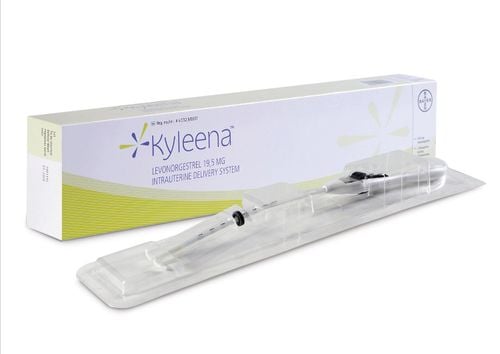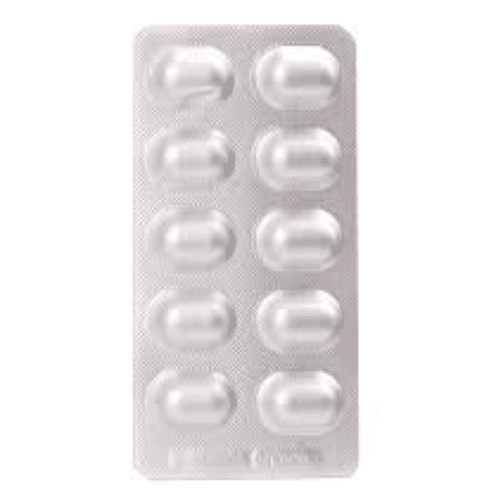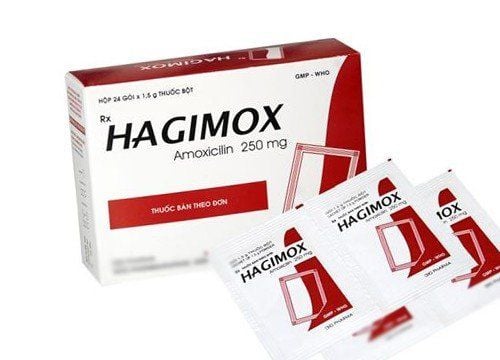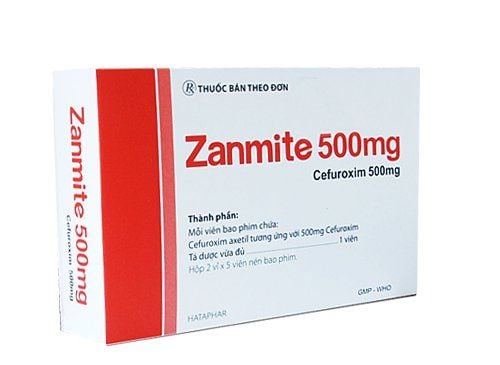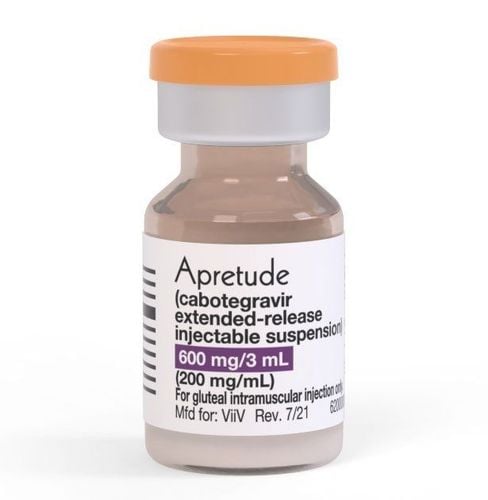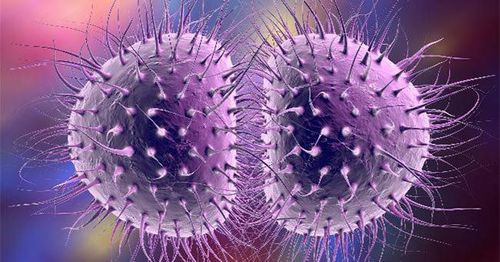This is an automatically translated article.
The article was written by MSc Tran Thi Vuong - Doctor of Microbiology - Laboratory Department - Vinmec Hai Phong International General Hospital.Gonorrhea is the most common sexually transmitted disease today. However, the symptoms of gonorrhea are often confused with other diseases, so the gonococcal staining test is very valuable in making the diagnosis. So, how to stain for gonorrhea?
1. What is gonorrhea?
Gonorrhea is caused by the bacterium Neisseria gonorrhoeae. This bacteria can appear in the vagina, cervix, eyes, mouth, anus and urethra in men. Long-term disease can occur in all subjects, most commonly men and women of reproductive age. Gonorrhea in women can cause dangerous complications such as inflammation of the fallopian tubes, ectopic pregnancy, miscarriage or mother-to-child transmission.Infections are mainly sexually transmitted, in addition, gonorrhea in newborns is transmitted from mother to child.
Manifestations of gonorrhea are often unclear, so it is difficult to recognize and easily confused with other urinary tract diseases. After being infected with gonorrhea bacteria, it takes about 10-20 days for the first symptoms to appear. Specific manifestations of the disease are as follows:
Manifestations of gonorrhea in men such as: painful urination, painful urination, frequent urination, urine with blood or pus... In more severe cases, drops of pus may appear. such as the color of banana sap in the urethral opening, especially in the early morning with fatigue, low fever, .. For women with gonorrhea, there are almost no obvious symptoms, so it is often overlooked or confused with other diseases. usual department. When the disease is severe, new symptoms appear such as: painful urination, green and yellow pus draining from the urethra, cervix, and an unusual fishy odor in the private area...
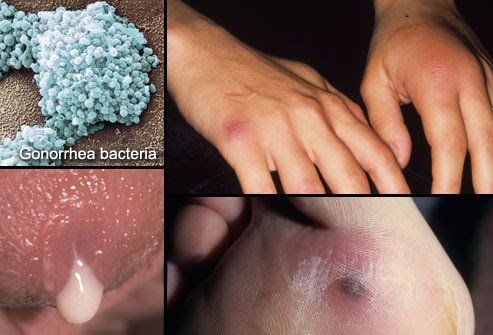
2. Significance of smear test in detecting gonorrhea
Genital smear staining is a technique for staining genital tract and urethral fluid specimens and then observing them under a magnifying microscope to evaluate the morphology, color, and appearance of some bacteria and cells. In gonorrhea, this test for gonorrhea is intended to evaluate the shape, size, coloration, arrangement characteristic of N. gonorrhoeae, and other cytological images. Colonoscopy from genital fluid is a simple and common technique in the diagnosis of inflammatory diseases of the genital tract, including gonorrhea. The easy process, quick test time and reliable results are what this method brings, helping to suggest the doctor to give the patient the right treatment. This test not only looks for gonorrhea but also is used to diagnose other diseases such as vaginitis, urethritis caused by bacteria, fungi, genital trichomoniasis, ...3. Indication for gonorrhea staining
Suspected gonorrhea or other specific genital infections:Indicated when there are signs of suspicion of gonorrhea such as: painful urination, painful urination, burning when urinating in both men and women. In addition, men show signs of increased urethral discharge, pus, sometimes blood, appearing a lot in the early morning. Female urination is painful, with green, yellow pus coming out from the urethra, cervix, the private area has an unusual fishy odor. Also indicated in other cases such as:
Women have a lot of abnormal discharge. Usually, unpleasant odor, lumpy like milk scum, yellow, green or brown, sometimes bloody. Irregular menstrual cycle Pain during sex, possibly accompanied by bleeding.

4. How to stain for gonorrhea?
Preparation: Gynecological table, biological safety cabinet level 2, optical microscope, gynecological lamp, specimen: pus or secretions from genital tract, anus, throat... potassium permanganate, lugol, acetone alcohol , Fuchsin solutionSteps to take:
Step 1: Take samples.
Specimens can be urethral fluid, vaginal fluid, throat fluid, eye discharge suspected of gonococcal infection. Specimens are taken by using a sterile cotton swab to wipe at the suspected gonorrhea lesions: eyes, throat, genital area...
How to take genital tract specimens as follows:
Vaginal discharge. Rinse the external genitals with water and pat dry. The gynecologist will insert a speculum into the vagina and use a cotton swab to wipe a quantity of vaginal discharge for analysis. Urethral fluid. Clean the external genitalia with water and pat dry. Instruct the patient to gently stroke the penis along the urethra to release a drop of pus and blot the drop onto a sterile cotton swab or smear on a slide. Step 2: Make a template
- Spread the slide: Use a cotton swab containing the product to spread it into a spiral circle from the inside to the outside, the diameter of the circle is about 1cm.
- Let it dry naturally:
- Fix the specimen: by temperature, by cutting through the flame of the alcohol lamp 3 times.
Step 3: Carry out staining of the specimen
Make a specimen stained with methylene blue.
Apply methylene blue dye to cover the spread sheet and leave for 60 seconds. Then rinse gently under running water, wait to dry and examine.
Methylene blue staining helps to assess the specimen overview and white blood cell count.
Gram stain
Gentian purple stain for 60 sec. Gently wash the specimen under running water. Lugol's solution is dripped, approx. 30 sec. Then, gently wash the specimen under running water. Decolorize with 25% Acetone alcohol until the purple color disappears, usually 10-15 seconds. Then rinse the slide gently under running water. Contrast stain with Fuchsin for 60 s. Then rinse the specimen gently under running water. Finally, let the slide dry and examine. Step 4: Observe on the microscope
Diagnose gonococcal bacteria when there is the appearance of coffee bean-shaped bacteria, standing in two, located inside white blood cells, sometimes outside white blood cells. In summary, the typical image of gonorrhea is finding a gram-negative, coffee-bean-shaped cocci within the cell (or extracellularly) as gonocoque. In addition, the presence of white blood cells and other bacteria can be detected.
If customers notice unusual problems, they should visit and consult with specialists.
Please dial HOTLINE for more information or register for an appointment HERE. Download MyVinmec app to make appointments faster and to manage your bookings easily.





